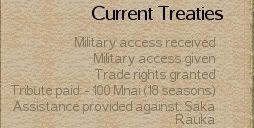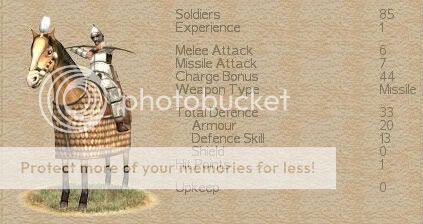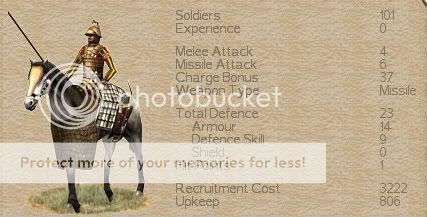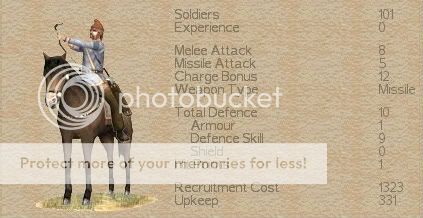
Originally Posted by
johnhughthom

Copyright of Persepolis University 2008.
Persian history module 1.4 (The Arsacid dynasty) course guide.
Persian history module 1.4 will take you through the history of the Arsacid period of Persian history. The module begins with the rise of the Arsacids as they overthrow the Seleukid state (see module 1.3, After Alexander) and ends with the Sasannian rebellion.
Background: The Seleukid rulers of Persia had been in charge for 50 years when the Arsacid rise began. Often known as "Parthians"" by western scholars, that is simply a name that was attributed to them after they had integrated themselves into the region known as Parthia. They were originally the tribe of "Parni," part of a larger confederation of nomads called the "Dahae." The Dahae had a poor reputation amongst the hellenic inhabitants of Persia and the surrounding regions and the word came to mean "robbers" to the Greek speaking populace. Little information on the Parni is available before their meteoric rise to power, we know they fought against, then with, Alexander but most of our information on them comes from their wars with the Seleukids and Romans. Part of the challenge of this module will be sorting out the fact from propaganda, as most of our information come from Greek and Roman sources. It is hoped that after completing the module you will be more informed about a misunderstood and neglected period of Persian history.





 Reply With Quote
Reply With Quote













Bookmarks